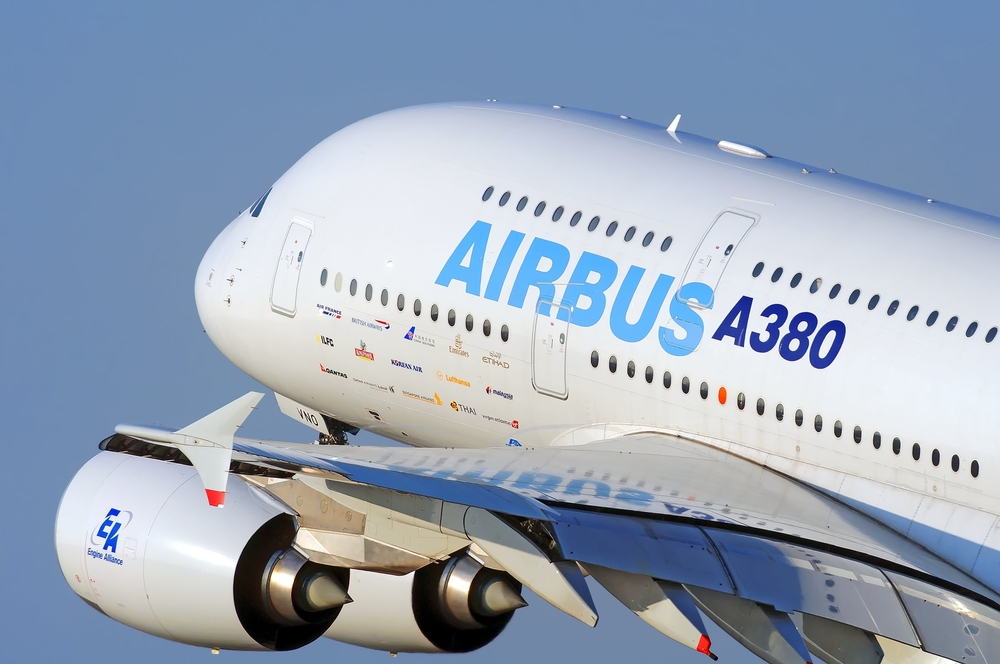The Airbus A380 makes a vibrant return

Without question, one of the businesses most hit by the pandemic has been the airline industry. The domino effect of people being unable to fly has also significantly influenced the tourism industry in general, but airlines have paid the highest price.
The A380 was designed to outperform and outclass its predecessors. While passengers adore it, the A380 never quite took off with airline purchasers.
Airbus said in January 2019 that it would cease manufacture of the A380 across Europe in 2021, and Emirates took the final delivery just last month. After years of speculation that the superjumbo was doomed, the decision was made. Orders had dwindled in a risk-averse airline industry whose economics and route networks had been adjusted to accommodate smaller two-engine long-haul aircraft.
When Airbus introduced the A380 in 2007, it was ahead of the competition in developing a plane made of lighter materials and far more fuel-efficient, with the potential to deliver significant savings and revenues on routes where carriers could guarantee hundreds of passengers on each journey. It appeared to be the ideal solution for global trunk routes, notably the congested transatlantic corridors, where airlines would compete for scarce and expensive slots at intercontinental hubs like Heathrow.
The 787 Dreamliner, with only two engines, can fly a similar range. This study advanced the use of lightweight composite materials by estimating that long-haul aircraft would require around half the number of passengers, 250 to 300 rather than the standard 550 on an A380, to be economically viable.
The aviation industry’s hub and spokes strategy, in which airlines feed passengers via connecting flights and the larger the long-haul plane, the better, was under fire.
Low-cost aircraft had breathed new life into secondary airports, and passengers had grown accustomed to direct, point-to-point flying. The demand for Airbus’s exorbitantly priced double-decker jumbo jets was dwindling.
Six months after the global grounding of the aircraft, the majority of airlines that operated the A380 announced that the giant of the sky would no longer serve a purpose once travel resumed. Some airlines, such as Air France and Emirates, reporting they would be permanently grounding the aircraft, whilst others, such as Malaysia Airlines, would sell them. Whilst, Qatar Airways said that the A380 was a huge mistake.
Suddenly, the world realises that we have no choice except to learn to live with the virus rather than attempting to eradicate it. As a result, travel is gradually resuming, with promising prospects for a slow but steady recovery.
Airlines that had shifted their tactics to employ dual-engine, fuel-efficient aircraft for long-haul flights are now realising that much smaller aircraft do not have enough seats to meet demand on major trunk routes. Some airlines that had abandoned the A380 are now reintroducing it.
Qatar Airways CEO has described the purchase of A380s as the carrier’s “biggest mistake.” Qatar Airways stated last week that it would reinstate five of its 10 London-Paris routes. What precipitated the change of heart? Qatar Airways recently grounded 13 Airbus A350s following reports that the fuselage surface beneath the paint on these aircraft is eroding at an accelerated rate. The airline has committed to not flying these planes until Airbus develops a permanent solution, which is unknown at this point.
While Qantas intends to bring them all back, British Airways announced yesterday that it will bring back five of its 12 A380 aircraft. They will initially be used on short-haul flights between London Heathrow and Frankfurt and Madrid before being deployed on key US routes beginning in early December.
So, does it make sense to bring them back?
A larger jet would provide more space for passengers to interact and stretch their legs, making it more appealing for long flights.
Economic considerations continue to make the A380 concept appealing to carriers. The A380 can transport more passengers simultaneously (853 in all-economy configuration), consume less fuel per seat than any other aircraft, and generate the highest revenue per kilometre in airline jargon (RPK).
Storing this giant of the sky was not easy or inexpensive, first and foremost in terms of locating space with a suitable climate for long-term storage, and secondly in terms of the constant maintenance that these aircraft required while in storage to guarantee that they could be safely re-deployed.
As an A380 enthusiast, I’m always keen to find out when the planes have a little more life left in them. As a result, I’m thrilled to see this beautiful aircraft coming back.


Comments are closed.